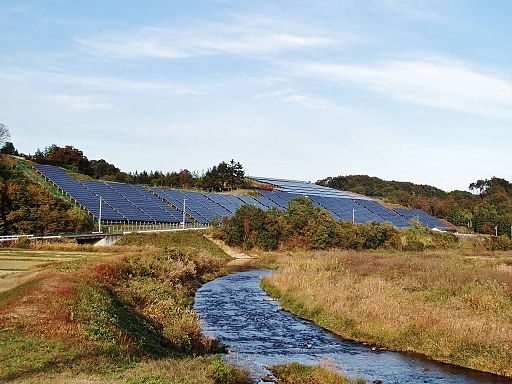
May 1, 2017; E&ETV
Although lately any movement on the environment at the federal level seems to be in reverse, state and city governments are steadfastly moving forward with what have been called “clean energy jobs of the future, solar energy, wind power and storage that works.”
Howard Learner, president and executive director of the Environmental Law and Policy Center (ELPC), recently said in an interview on E&ETV,
Clean energy development is moving forward at a rapid pace in the Midwest states. When it comes to places like Iowa, tremendous amount of wind power development. Illinois just passed the strongest renewable energy standard in the region; one of the best in the country…the Clean Power Plan has not been implemented yet, but in Illinois we’re 80 percent of the way toward achieving the carbon pollution reduction benefits that are required by 2030 without the Clean Power Plan even being implemented…Minnesota’s about 100 percent. Michigan’s about 90 percent.
Agreeing with a request made by the Trump administration, a lawsuit brought by 28 states challenging the Clean Power Plan has been halted by a federal judge while the EPA reviews the plan. According to the Washington Post, this represents “the likely end of President Barack Obama’s signature climate policy.”
According to Learner, almost every lake and river in the Midwest has a fish advisory due to mercury contamination. He is hoping the Trump administration will reconsider undoing the Mercury and Air Toxic Standards already in effect. Illinois and Michigan have their own mercury standards, so reversing the federal standard may not be an issue. However, there is still work to be done.
For Learner, the biggest challenge for the environmental field and NGOs now is moving from working with Obama’s mostly supportive administration to Trump’s mostly disagreeable one. Though Trump won his election in the Great Lakes states of Michigan, Wisconsin, Pennsylvania, and Ohio, “his administration’s policies and funding decisions in the first 100 days amount to a war on the Great Lakes,” according to Learner.
Local leaders—including Democratic U.S. Senator Dick Durbin of Illinois and GOP governors Rick Snyder of Michigan and Scott Walker of Wisconsin—are fighting back. They want Trump to reverse his decision to cut the Great Lakes restoration initiative from $300 million to zero. Learner said,
Sign up for our free newsletters
Subscribe to NPQ's newsletters to have our top stories delivered directly to your inbox.
By signing up, you agree to our privacy policy and terms of use, and to receive messages from NPQ and our partners.
Everybody in the Midwest cares about safe, clean drinking water…
It doesn’t matter whether you’re a Republican or a Democrat. You live in the city. You live in a rural area. When it comes to mercury people understand about kids’ health. People understand about maternal health. People don’t want more mercury getting into our lakes and rivers.
Further, the new jobs are in clean energy.
When it comes to solar energy development, that’s about jobs. When it comes to wind power development, that’s about jobs. We understand the president’s concerns with job creation, but when it comes to clean energy, that’s where the new jobs are being created. Again, politicians on both sides of the aisle understand that, as does the public.
ELPC currently has a dual defense/offense strategy. On the defense side, it expects citizen legal suits under the Clean Air Act and Clean Water Act to prevent the undoing of the EPA and the Department of Justice. On the offense side, it is increasing resources to eco-business, such as policy and business deal-making support, to accelerate clean energy development in the Midwest, which is working because solar energy is becoming more practical and economical with the aid of significant government investment and subsidies. Learner said,
What’s happening is we’re seeing a combination of savvy policies, technological innovation and market forces working that some of the coal plants are shutting down and more wind power and solar energy and storage is coming into the market. Energy efficiency is working. The system’s getting cleaner, and that’s all happening while the very justifiable battle’s going on over the Clean Power Plan.
Ironically, though it remains to be seen, emerging market forces may yet trump the political will of an administration.—Cyndi Suarez













